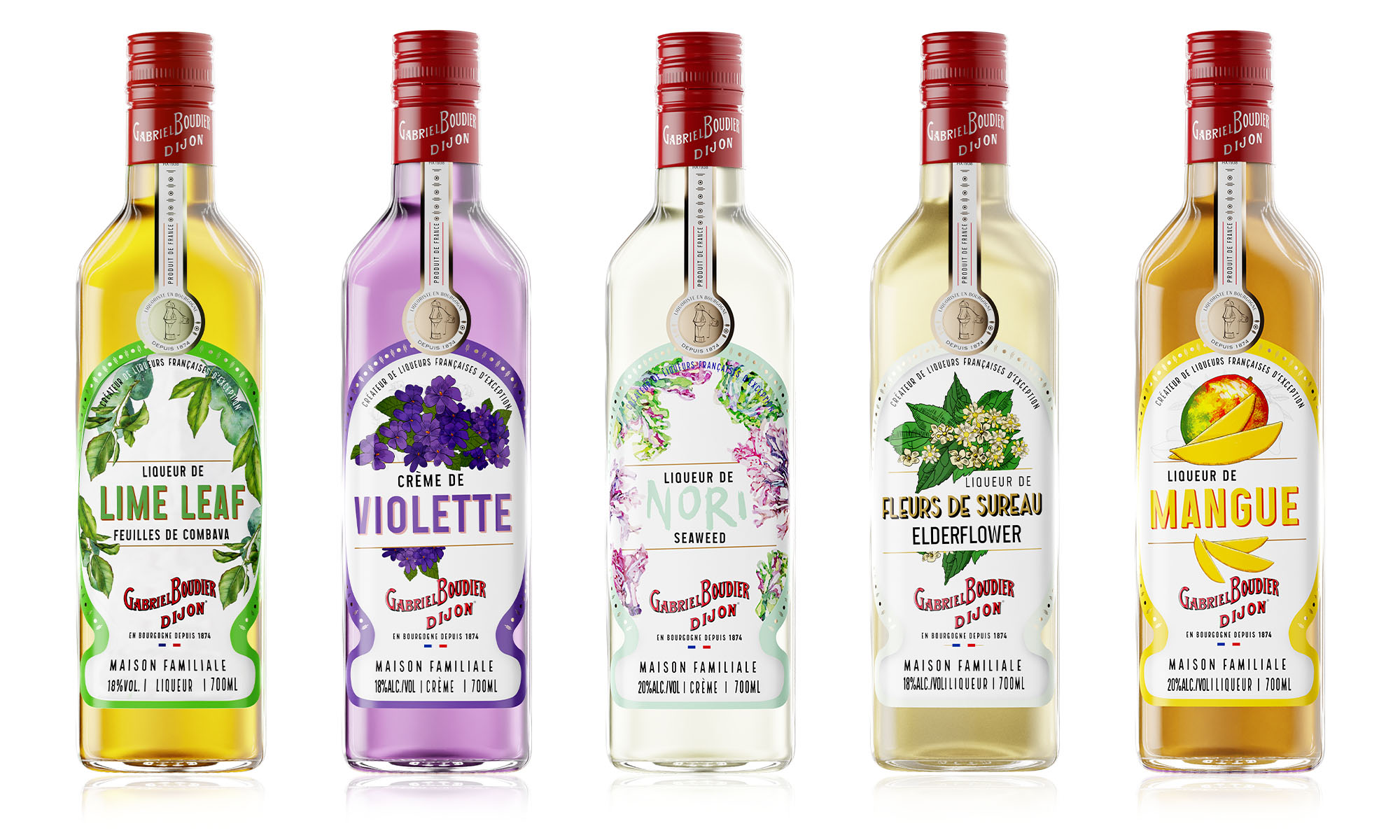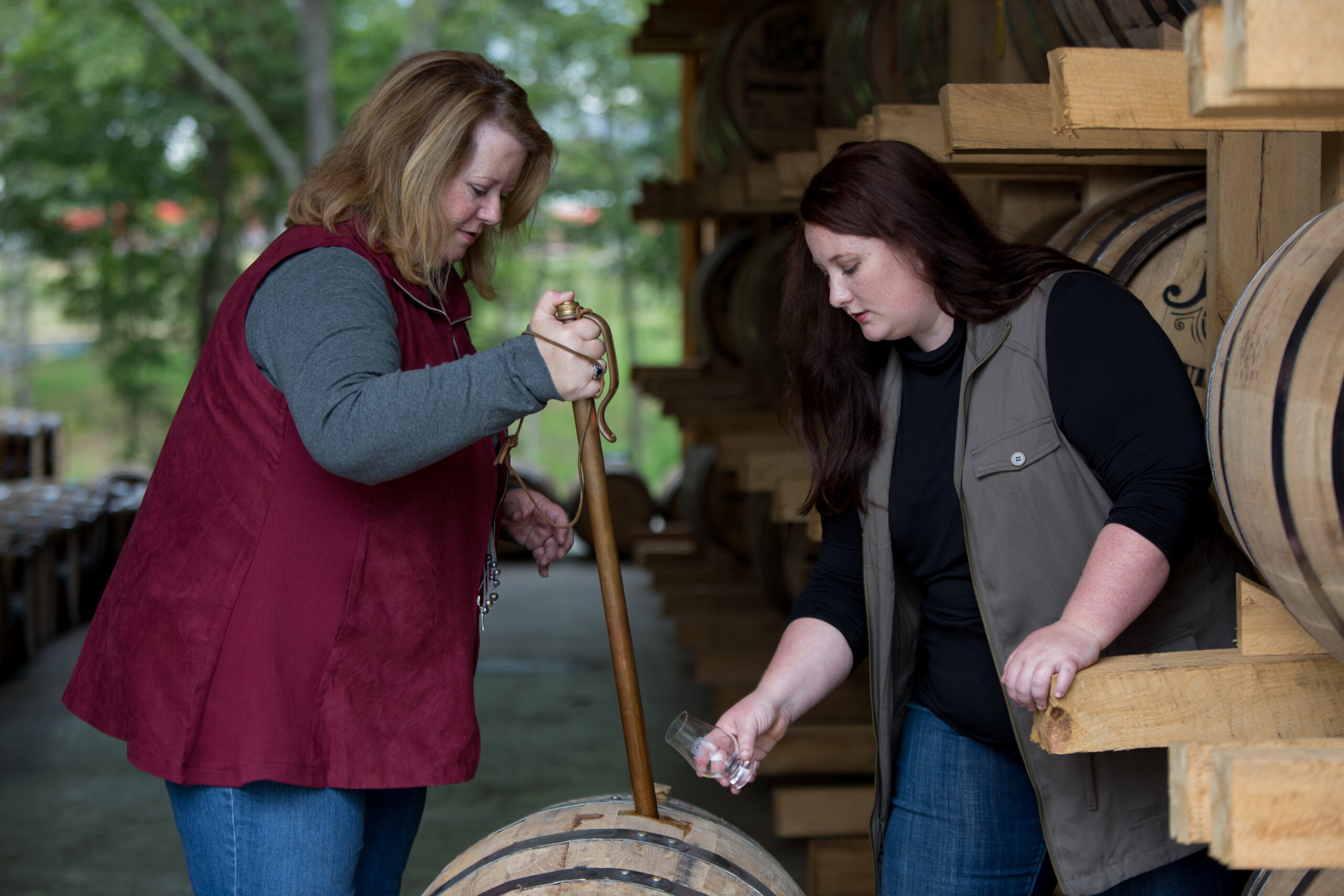We Ask the Nonino Sisters About their 50th Anniversary of the First Single Varietal Grappa
By Chilled Magazine
December 1st is the Nonino’s 50th anniversary of revolutionizing the Grappa category when they invented single varietal grappa. Talk to us about the category, from these humble beginnings to present day.
To be able to call a distillate Grappa, it must be made by distilling Italian pomace in Italy. Its history began in the XV century in the northeast of Italy thanks to the help of the farmers. At that time, pomace (the skin, residual pulp and seeds of the grape after pressing wine) was considered just a leftover from winemaking and had very little value. Farmers, who preferred not to waste anything, were smart enough to understand the value of pomace, because it contains sugar, can be fermented, and distilled. Distilling at home was illegal, so farmers stocked pomace and waited for a cloudy day or a storm to cover the steam and begin distilling without the fear of being caught. Additionally, pomace was often mixed all together without any record of its source and stocked for months. As a result, Grappa was often perceived as “The fire water that could burn away even hunger.” This perception of Grappa shifted completely with Giannola and Benito Nonino when they created the first single varietal Grappa, the Monovitigno® Picolit the 1st December 1973.

What has been the Nonino’s greatest impact on the category?
The biggest impact on the category was when Giannola and Benito decided to prove that grappa is a spirit with integrity and soul, distilling a single variety of pomace at a time. This path started with the realization that grappa’s quality is directly and essentially connected with the quality of pomace distilled. Therefore, they decided to distill only fresh pomace from the best winery, gently pressed and still full of juices. To be able to do so they built a distillery that represents a declaration of our profound appreciation and love of pomace and all that it bears 66 artisanal pot stills that distill only during the harvest, for 8-10 weeks per years but 24 hours per day, 7 days of the week. Our process focuses on freshness and preserving the beautiful aromatics within the pomace, and it is completely different from how average Italian distilleries produce grappa, (stocking pomace for eight months, before distilling with only 6-12 pot stills).
It was this extensive research of ways to maximize quality in distillation that ultimately led to the transformation of Grappa from a poor product to an Italian excellence.
At first other distillers where mocking our family saying that it did not have any sense to go against tradition of grappa and distill single varietal pomace, but today the success of this distillate over the years has been such that it has persuaded Italian and foreign distillers to follow the Nonino model.
What is interesting about the distillation process? Starting with Picolit Cru Monovitigno as the first and then expanding into Moscato, Merlot, Chardonnay, etc. Tell us more.
The most interesting thing about distilling single varietal grappa in an artisanal way is that each distillation process is unique! Grappa most distinctive characteristic is that being made with pomace, the part of the grape with the most polyphenol and aromatic substances, every Grappa has a distinct taste profile. It can be dry, soft, aged, or unoaked and each one has its own unique personality. The differences in the taste experience is most influenced by the distillation method, and if the pomace was distilled fresh or not.
You can assess that immediately after the first sip: if it burns, and you only taste alcohol it is not a high quality, artisanal Grappa. Distilling Merlot is different than distilling Moscato or Chardonnay pomace: the main goal of artisanal distillation is to set the process among the specific characteristic of the pomace to be able to capture the soul, the essence of it and serve it in the glass!
What are bartenders doing with Grappa these days?
Many international bartenders such as Simone Caporale, Salvatore Calabrese “il Maestro”, Monica Berg, Alex Kratena, Joerg Majer and many other characters from tall stature, they are experimenting with Grappa Nonino, creating extraordinary original cocktails. Being brave enough to break the trends schemes and rediscovering new flavors and ingredients can be an amazing way to offer a cocktail that can be a true liquid cultural experience. Cocktails were initially created to disguise the taste of poor quality distillates with sugar and flavorings, today, the quality of the products we can work with has enabled a completely different approach to mixing: celebrating the ingredients, enhancing what is inside the bottle. The goal is for the cocktail to be delicious and respectful of the ingredients you use. What better way to get people to know and love Italian culture and lifestyle than offering Grappa in a cocktail?

As a women-centric brand, talk to us about the importance of the culture of inclusion for the Nonino family.
We are a female led family business by destiny not by choice. While our decisions have not been guided by selecting employees by gender, we do believe in empowering male and female workers of great talent. We suppose it simply happened that we found a lot of talented women in our work life. Considering that the spirit industry has traditionally been male driven, we think that our distillery, having so many women in the top tier position allows to better create spirits that meet a broader range of palates. Women offer a different point of view. For example, our family had the first woman master distiller in Italy: Silvia Milocco Nonino, wife of Antonio, 3rd generation of distillers and creator of the original recipe of Amaro Nonino.
She lost her husband during the second war world and being a widow, she had to learn how to distill to be able to support her family with 2 young kids. Before becoming a master distiller, she used to work as a cook in a tiny rustic restaurant. My grandfather always tells us that she was amazing at cooking and that she had a great knowledge of ingredients, always looking for the best quality. She used her knowledge as a chef in the distillery; creating beautiful products and one of them is the original recipe of our L’Aperitivo Nonino BotanicalDrink.
What is something that most people don’t know about Grappa and the Nonino brand?
Some people have been traumatized by having taste bad quality Grappa, but you need to give a second chance to the most Italian spirit of all and try Nonino! Maybe starting with the easiest approach and having it in a cocktail!
Grappa Nonino is so versatile, it can be the main protagonist of the cocktail or a bit of delicious Italian twist to the mix. We hope for the day that Grappa Nonino becomes the next “must have” for bartenders! Set aside past perception and BE BRAVE, MIX GRAPPA!

What is up next for the Nonino’s?
Considering all the love USA showed to our Amaro Nonino Quintessentia®, we cannot wait for you to try the Riserva version! What makes our Amaro different from any other is that I contains grape distillate (it is different from grappa, it is more similar to a fruit distillate because you distill the whole grape) aged in barrique. In the Riserva version, you do not only experience the warmth of the aged grape distillate, but of the whole Amaro Nonino aged for extra 24 months!
To us it tastes like a perfect meeting point between an Amaro and a Spirit. You can definitely taste our Quintessentia®, this double ageing brings it to a new level. A depth, a complexity a thickness that give the most a enchanting and amazing tasting experience.









